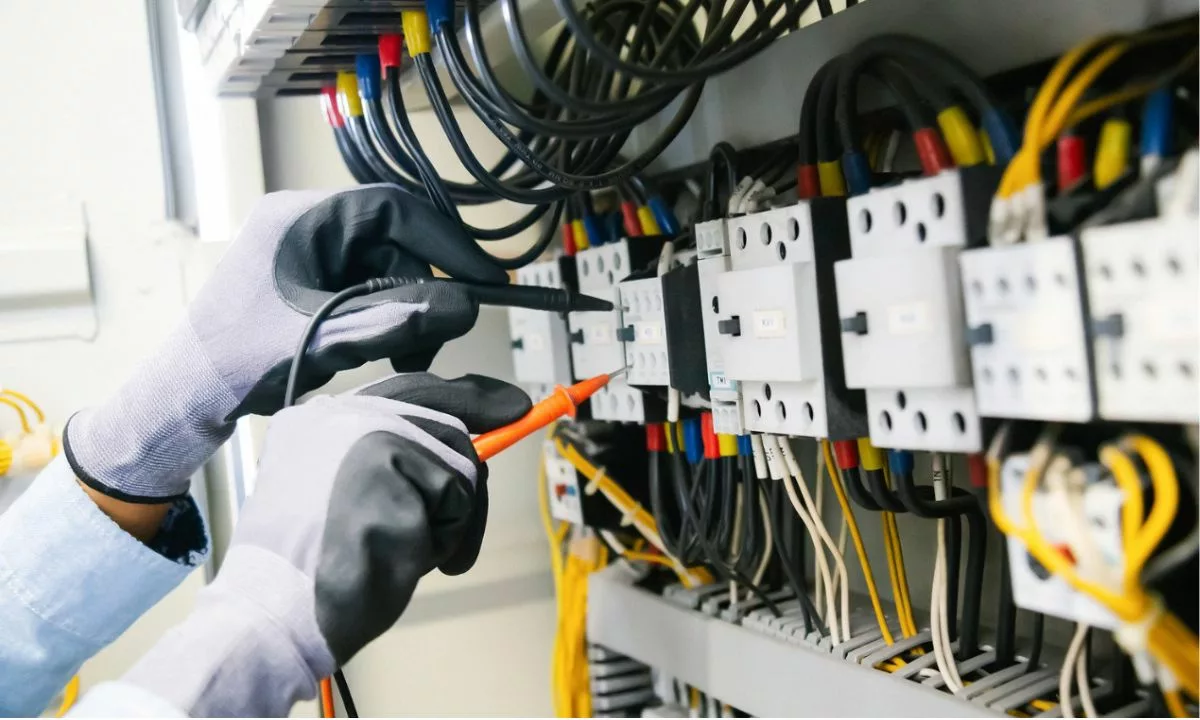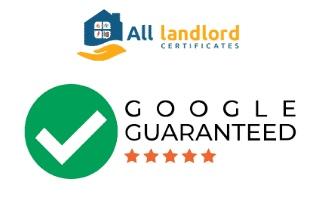As a landlord or property owner in London, it is your responsibility to ensure the safety of your tenants and property. One important aspect of this is conducting a fire risk assessment. In this comprehensive guide, we will walk you through everything you need to know about fire risk assessments in London and how to ensure your property is compliant with the latest regulations.

What is a fire risk assessment?
A fire risk assessment is a thorough evaluation of a property to identify potential fire hazards and assess the risk of a fire occurring. The assessment should consider the building’s construction, occupancy, and use, as well as any external factors that may impact the risk of a fire. The purpose of a fire risk assessment is to identify any areas of concern and implement measures to reduce the risk of a fire occurring and to protect the occupants of the building in case of a fire.
Who needs to conduct a fire risk assessment?
Under the Regulatory Reform (Fire Safety) Order 2005, it is the responsibility of the ‘Responsible Person’ to conduct a fire risk assessment. The Responsible Person is usually the landlord or property owner, but it can also be a managing agent, facilities manager, or any other person who has control over the property.
When should a fire risk assessment be carried out?
A fire risk assessment should be carried out when the property is first constructed or when any significant changes are made to the building or its use. In addition, fire risk assessments should be reviewed regularly to ensure they remain up-to-date and effective.
What does a fire risk assessment involve?
A fire risk assessment typically involves the following steps:
- Identify potential fire hazards: This involves identifying any potential sources of ignition, fuel, and oxygen that could lead to a fire.
- Identify people at risk: This involves identifying the occupants of the building and any specific risks they may face in case of a fire, such as mobility issues or disabilities.
- Evaluate the risks: This involves assessing the likelihood and potential consequences of a fire occurring.
- Implement measures to reduce the risk: This involves taking steps to reduce the risk of a fire occurring, such as installing smoke detectors, fire alarms, and fire extinguishers.
- Develop an emergency plan: This involves developing a plan to evacuate the building in case of a fire and ensuring all occupants are aware of the plan.
- Review and update the assessment: This involves regularly reviewing and updating the fire risk assessment to ensure it remains up-to-date and effective.
How can I ensure my property is compliant with fire safety regulations in London?
To ensure your property is compliant with fire safety regulations in London, you should:
- Conduct a fire risk assessment: This is the first and most important step in ensuring your property is compliant with fire safety regulations.
- Install smoke detectors and fire alarms: Smoke detectors and fire alarms are essential for alerting occupants in case of a fire.
- Install fire extinguishers: Fire extinguishers can help to control small fires before they become larger.
- Develop an emergency plan: Develop an emergency plan and ensure all occupants are aware of the plan.
- Ensure all electrical equipment is maintained: Electrical equipment should be maintained regularly to reduce the risk of electrical fires.
- Train occupants on fire safety: Ensure all occupants are trained on fire safety and are aware of the risks and emergency procedures.
- Regularly review and update the fire risk assessment: Regularly review and update the fire risk assessment to ensure it remains up-to-date and effective.
Conclusion
As a landlord or property owner in London, ensuring the safety of your tenants and property is your responsibility. Conducting a fire risk assessment is an essential part of this. By identifying potential fire hazards, evaluating the risks, and




